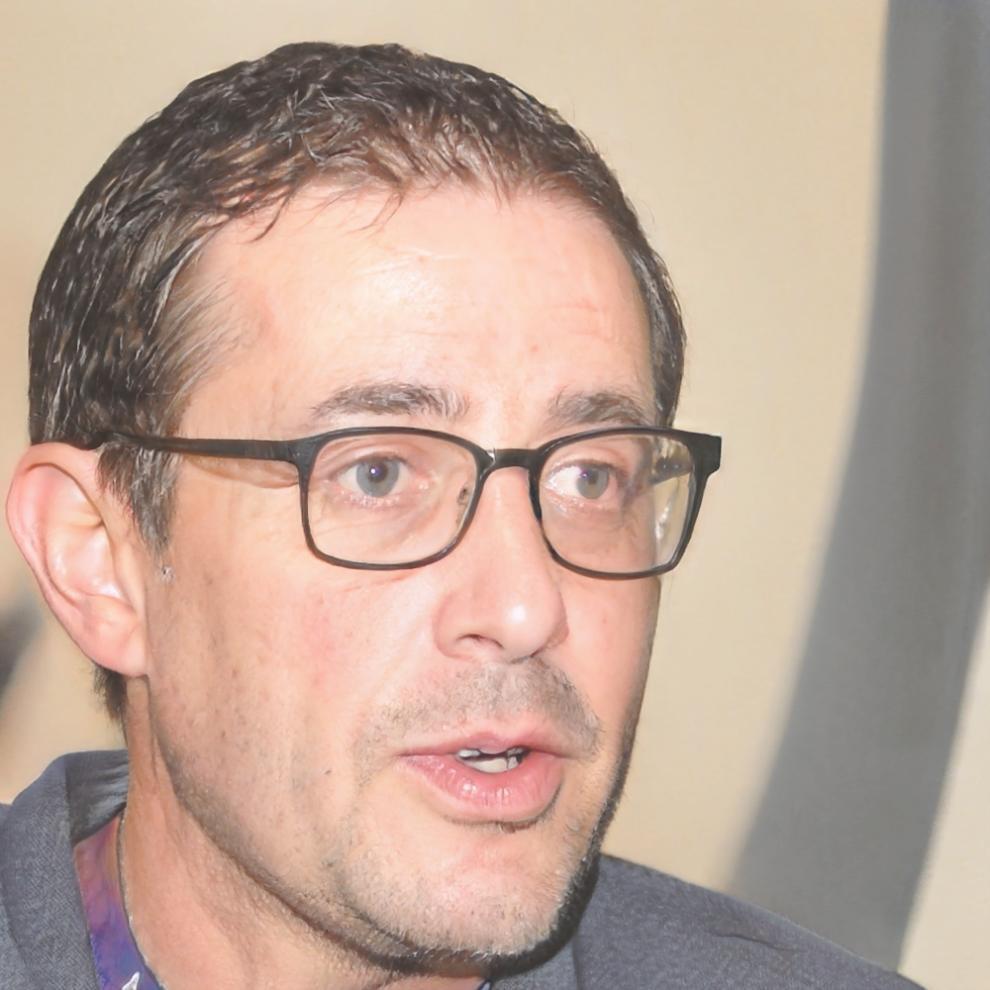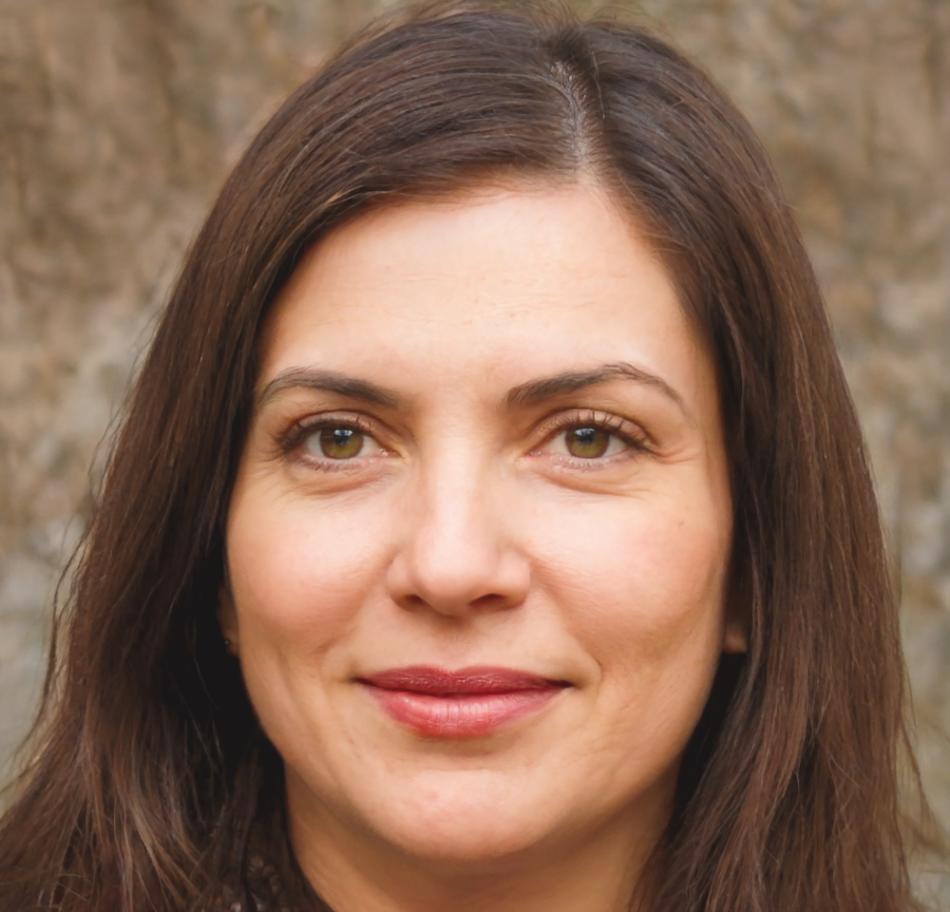Building Financial Knowledge That Lasts Generations
Real investing education for Canadian families who want to make informed decisions together
We've spent years watching families struggle with investment decisions because nobody taught them the fundamentals. Not the flashy stuff you see on social media. The actual mechanics of how markets work, what risk really means, and how to build portfolios that match your family's timeline.
Explore Our Programs
What Actually Happens When Families Learn Together
These numbers come from tracking participant progress over 18 months. We're not promising you'll match them exactly—everyone starts from different places—but they show what's possible when people commit to learning the fundamentals properly.
Most families we work with had never opened a brokerage statement before. Some couldn't tell you the difference between a stock and a bond. Within six months, they're reading annual reports and having actual conversations about asset allocation at dinner.
Canadian households currently working through our curriculum
Time from starting to managing first family investment account
Participants who continue their education beyond initial program
Average household size participating in learning sessions
How We Actually Teach This Stuff
Skip the theory lectures. We built this around how real people learn—by working through actual scenarios with their own money questions.
Start With Your Actual Situation
First session is just understanding where you are right now. What accounts exist, what investments you already have (even if you don't understand them), and what questions keep you up at night. We've seen people realize they had better retirement accounts than they thought—and others discover some concerning gaps.
Build Understanding Through Cases
Each concept gets taught through Canadian case studies. Not hypothetical perfect scenarios—actual situations including mistakes, market downturns, and those awkward family conversations about money. You'll see what worked, what didn't, and more importantly, why.
Apply It Before Moving Forward
You don't advance until you've used what you learned. That might mean analyzing your current portfolio, researching three potential investments, or having that budget conversation with your spouse. Theory stays theory until you actually do something with it.

The Timeline Question Everyone Asks
People always want to know how long this takes. Honest answer? The core curriculum runs September 2025 through March 2026, but that's just the structured part.
Most families keep showing up for monthly sessions well beyond that because markets keep changing and new questions pop up. We've had participants who started in 2023 still dropping into workshops.
See Full CurriculumWhat the Learning Path Actually Looks Like
We break this into phases because trying to learn everything at once just leads to overwhelm. Each phase builds on what came before, and you don't move ahead until things actually make sense.
Understanding What You Actually Have
Most people skip this part and jump straight to picking stocks. Bad move. We spend the first few weeks just mapping your current financial situation—all those accounts, that company RRSP you haven't looked at in five years, understanding what fees you're actually paying. You'd be surprised how many families discover thousands sitting in accounts they forgot about.
Typical duration: 6-8 weeksLearning How Markets Really Work
This is where we get into the mechanics. What bonds actually do, why stock prices move, how dividends work, what ETFs are really buying. We use real TSX companies and actual market data from 2024-2025, not sanitized textbook examples. Including the weird stuff that happened and why some investments tanked while others held steady.
Typical duration: 10-14 weeksMaking Your First Real Decisions
Now you start building something. Could be restructuring your TFSA, setting up your kids' RESP properly, or finally dealing with that inheritance money that's been sitting in a savings account. We're there while you do it, but you're making the calls based on what you've learned. This is where it gets real—and sometimes uncomfortable.
Typical duration: 12-16 weeks


I thought I'd learn some basics and be done. Eight months later I'm still showing up because every session answers questions I didn't know I had. Actually understand what I'm investing in now instead of just hoping my advisor knows what they're doing.

Best part was getting my teenage kids involved. They sat through a few sessions and now they're asking about compound interest and comparing ETF fees. Never thought I'd hear those conversations at Sunday breakfast.